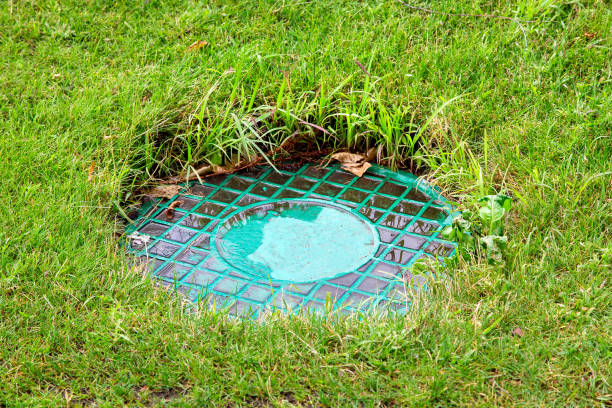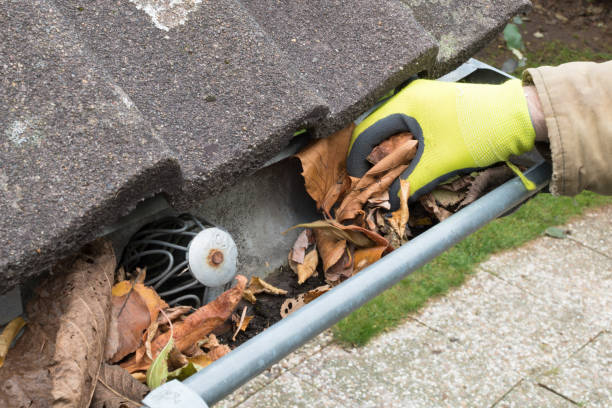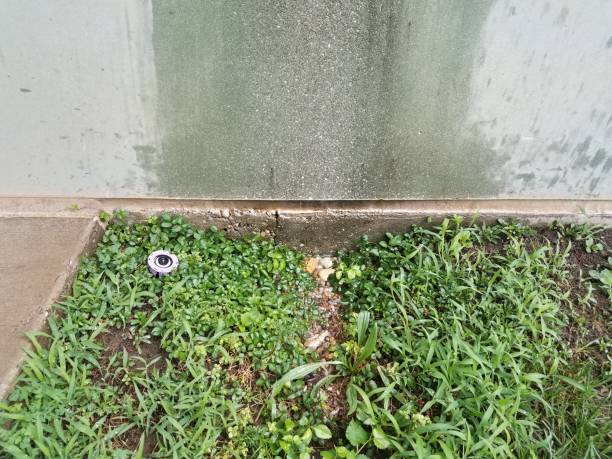How to Locate a Drain Field in Your Yard
This post contains affiliate links. This means I will make a commission at no extra cost to you should you click through and make a purchase. Read the full disclosure here.When it comes to maintaining a healthy septic system, one crucial aspect is knowing the location of your drain field. The drain field, also known as a leach field, plays a vital role in the filtration and disposal of wastewater from your septic tank. However, determining the exact location of the drain field can be a challenging task. In this article, we will guide you through the process of locating a drain field in your yard, whether you choose to do it yourself or hire a professional.
Introduction
A septic system is an underground wastewater treatment system commonly used in rural areas. It consists of a septic tank and a drain field. The septic tank collects and separates solid waste from the wastewater, allowing the effluent to flow into the drain field for further treatment. Locating the drain field is essential for various reasons, including maintenance, repairs, and avoiding potential damage during construction or landscaping projects.
What is a Drain Field?
Before we dive into the process of locating a drain field, let’s understand what it is. A drain field is a shallow, underground area designed to receive the effluent from the septic tank. It consists of a network of perforated pipes buried in gravel-filled trenches. The effluent is distributed evenly through the pipes and then percolates into the surrounding soil, where natural processes further treat it.
Importance of Locating a Drain Field
Knowing the location of your drain field is crucial for several reasons. Firstly, it enables you to maintain and inspect the drain field regularly, ensuring its proper functioning. Regular maintenance helps prevent potential issues and prolongs the lifespan of your septic system. Additionally, locating the drain field is essential when planning landscaping or construction projects on your property to avoid damaging the system.
Signs of a Drain Field Problem
Sometimes, locating the drain field becomes necessary due to signs of a problem. Common signs include foul odors, slow-draining fixtures, soggy areas in the yard, or sewage backups. If you notice any of these signs, it may indicate a drain field issue, and locating it becomes a priority.
Preparing for Locating a Drain Field
Before you begin the process of locating a drain field, there are a few essential steps to take. Firstly, gather the necessary tools, including a metal detector, probing rod, shovel, and tape measure. It’s also crucial to obtain a copy of your property’s septic system diagram, if available. This diagram can provide valuable information about the location of the septic tank and drain field.
Using a Professional Drain Field Locator
If you prefer to leave the task to professionals, hiring a drain field locator is an excellent option. These experts have the knowledge, experience, and specialized equipment to locate drain fields accurately. They use techniques such as electromagnetic locators and ground-penetrating radar (GPR) to identify the drain field’s precise location. Hiring a professional ensures reliable results and saves you time and effort.
Locating a Drain Field Yourself
If you’re up for the challenge, you can try locating the drain field yourself. Follow these step-by-step instructions to increase your chances of success:
Step 1: Gather the Necessary Tools
Collect the tools mentioned earlier, including a metal detector, probing rod, shovel, and tape measure. These tools will aid you in the process of locating the drain field.
Step 2: Locate the Septic Tank
If you have a copy of your property’s septic system diagram, use it to locate the septic tank. The drain field is typically situated downhill from the septic tank, as gravity helps the effluent flow naturally. Identify the access points to the septic tank, such as cleanout pipes or manhole covers, and mark their locations.
Step 3: Determine the Drain Field Area
Based on the septic system diagram and the known location of the septic tank, determine the general area where the drain field should be located. Keep in mind that drain fields are often rectangular or square in shape.
Step 4: Look for Surface Indicators
Observe the surface of your yard for any signs that could indicate the presence of a drain field. These indicators include areas with lusher grass or vegetation, patches of standing water, or lines of gravel or rocks.
Step 5: Probe the Ground
Use a probing rod to gently probe the ground in the suspected drain field area. The rod should encounter minimal resistance in the drain field, as the soil is usually looser and more absorbent due to the wastewater infiltration. Be cautious not to damage any underground components while probing.
Step 6: Use Ground-Penetrating Radar (GPR)
If you’re unable to locate the drain field through surface indicators or probing, you can consider renting or hiring a ground-penetrating radar (GPR) system. GPR uses electromagnetic waves to create an underground image, allowing you to identify pipes, trenches, or other subsurface features.
Step 7: Seek Professional Assistance if Needed
If, despite your efforts, you’re unable to locate the drain field or encounter difficulties, it’s best to seek professional assistance. Drain field locators have advanced equipment and expertise, ensuring accurate results. They can save you time, prevent potential damage, and provide peace of mind.
Tips for Successful Drain Field Location
Here are some additional tips to increase your chances of successfully locating a drain field:
- Consult local building or health department records for any available information on your property’s septic system.
- Consider contacting a septic system professional or local health department for guidance and advice.
- If you suspect your drain field is malfunctioning but cannot locate it, hire a professional to assess and repair the system if necessary.
Conclusion
Locating a drain field in your yard is an important task for septic system maintenance and avoiding potential damage during construction or landscaping projects. Whether you choose to hire a professional or do it yourself, following the steps outlined in this article will help you find the drain field’s exact location. Regular maintenance and care of your septic system will contribute to its longevity and ensure the proper treatment of wastewater on your property.
Frequently Asked Questions (FAQs)
Can I locate a drain field without a septic system diagram?
Yes, it is possible to locate a drain field without a septic system diagram. While a diagram can provide valuable information, you can still follow the other steps mentioned in this article to find the drain field.
What should I do if I damage the drain field while locating it?
If you accidentally damage the drain field during the location process, it’s essential to contact a professional septic system service immediately. They can assess the extent of the damage and recommend the necessary repairs.
Can I build or plant over a drain field?
It is generally not recommended to build structures or plant deep-rooted trees or shrubs over a drain field. The roots can potentially damage the drain field pipes or disrupt the wastewater absorption process.
How often should I inspect my drain field?
It is recommended to have your drain field inspected by a professional every three to five years. Regular inspections help identify any potential issues and allow for timely repairs.
Can I use ground-penetrating radar (GPR) on my own?
Ground-penetrating radar (GPR) requires specialized knowledge and equipment to operate effectively. It is advisable to hire a professional with experience in using GPR for accurate results.













